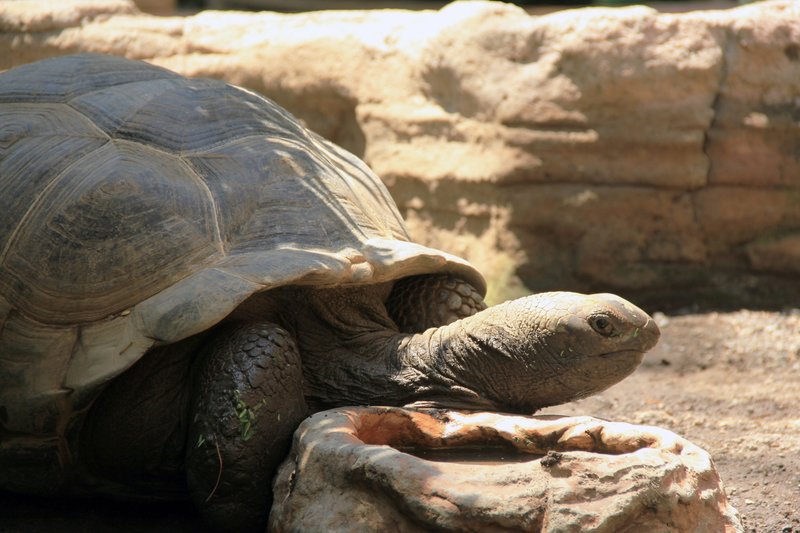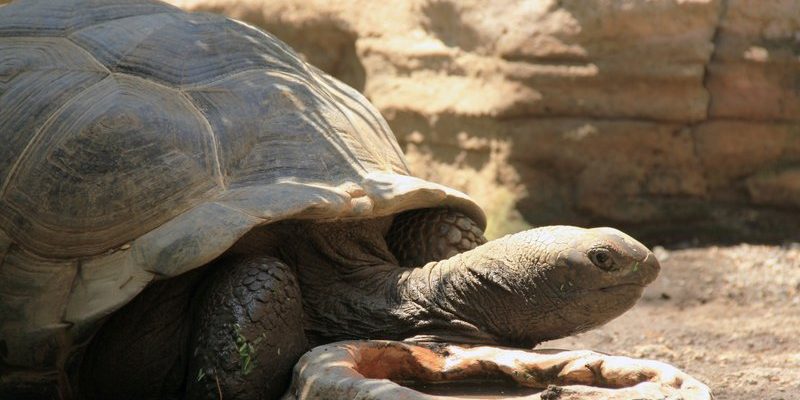
You might be surprised to learn that while these tortoises have an undeniably gentle reputation, their size and strength should not be underestimated. Picture a living tank that often weighs between 150 to 250 pounds, and in some cases even more. While an Aldabra giant tortoise might not attack like a bear or a lion, it definitely has the physical ability to injure if provoked—much like a large dog, which can be friendly but also powerful. So, can these behemoths pose any real threat to humans? Let’s take a closer look.
Understanding the Aldabra Giant Tortoise
The Aldabra giant tortoise hails from the Aldabra Atoll in the Seychelles, an isolated group of islands in the Indian Ocean. These tortoises are the second largest species in the world, with their characteristic domed shells and sturdy legs that make them look like living relics from the time of dinosaurs. They can live well over a century, with some individuals reaching ages of over 150 years!
These gentle giants primarily feed on grass, leaves, and fruits. Their diet helps them maintain a bulky physique, but they’re often found lounging under the sun or wading in shallow waters—not really the picture of a creature that could cause harm. However, their sheer size and strength mean that they should be treated with respect, especially in the wild or if you’re in close proximity to them.
Potential Risks to Humans
You might be wondering how a tortoise that spends most of its time grazing can be a danger. Here’s the thing: while Aldabra giant tortoises are not aggressive, they can become defensive if threatened. If approached too closely, especially by humans who seem unfamiliar, they can react. Their powerful legs can deliver a strong bite, which might not sound terrifying, but imagine a mouth full of sharp beak-like jaws clamping down on your finger. It could cause injury!
Most incidents occur when people try to pet or handle these tortoises without understanding their behavior. Just like with any animal, it’s crucial to respect their space. Many tortoises might pull their heads into their shells or try to walk away, but if they feel cornered, they can lash out. Understanding their body language is key—if they seem agitated or withdrawn, it’s best to give them room.
Are They Aggressive? Not Really
Let me tell you this: Aldabra giant tortoises are generally not aggressive. In fact, their nature leans more toward being shy than confrontational. Unlike predatory animals that show clear signs of aggression, tortoises display a more passive demeanor. Most of the time, they would rather retreat than confront a potential threat.
While they are more inclined to avoid interaction, males can exhibit territorial behavior, especially during mating season. This means they might engage in gentle but assertive displays to establish dominance with other males. However, this behavior is rarely directed toward humans, and injuries from these encounters are quite uncommon.
Nonetheless, being cautious around them is wise. If you’re lucky enough to see one in the wild or at a sanctuary, simply observe from a safe distance. This not only protects you but also allows the tortoise to feel secure in its environment.
Handling and Interacting with Aldabra Giant Tortoises
If you’re ever in a situation where you might interact with an Aldabra giant tortoise, knowing how to behave is essential. Here are some key points to consider:
- Respect their space: Always keep a safe distance to avoid startling them.
- Observe body language: If a tortoise retreats or withdraws, back off and give it space.
- Do not attempt to pick them up: These tortoises are massive; handling them can be stressful for both of you.
By keeping these tips in mind, you can foster a peaceful and respectful interaction. You’re much more likely to have a memorable experience simply watching these magnificent creatures in their natural habitat.
In summary, the Aldabra giant tortoise is far more of a gentle giant than a danger to humans. While their large size and potential for a strong bite might sound alarming, they are generally calm, shy creatures that prefer to avoid confrontation. Understanding their behavior and respecting their space is vital—not just for your safety but also for the well-being of these incredible animals.
So next time you see a tortoise, remember: they’re not here to harm you. Embrace their slow and steady nature, and you’ll likely come away with a greater appreciation for these ancient beings. After all, they’ve been around for millions of years, quietly roaming the Earth, and the last thing we want to do is disrupt their peaceful existence.

